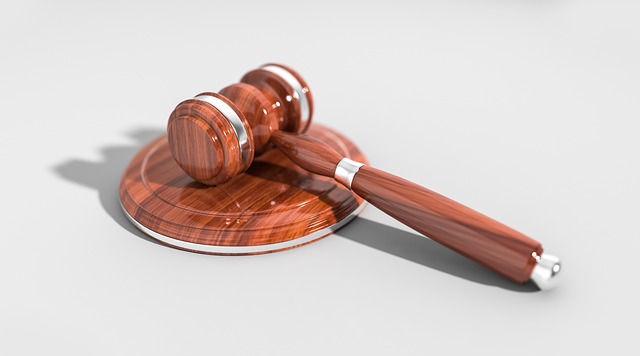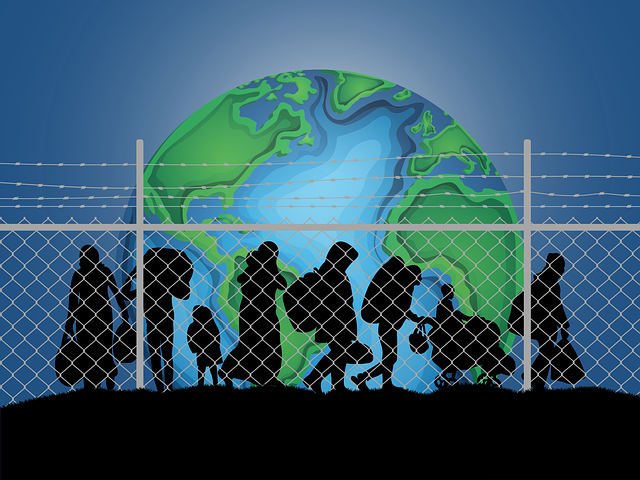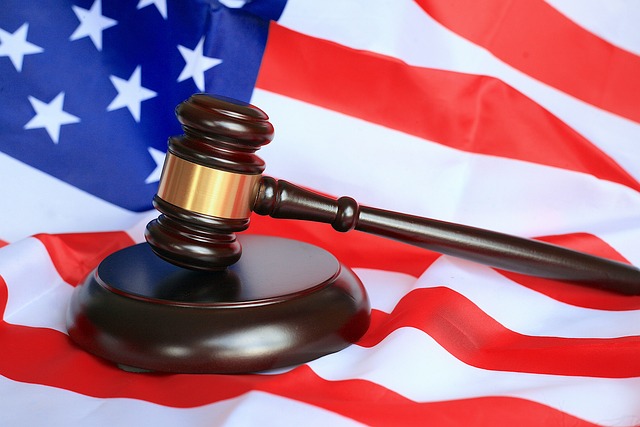Oregon's robust child welfare system is guided by comprehensive laws and policies managed primarily by the Department of Human Services (DHS). These laws cover removal, foster care, and rights for parents and children, with the goal of ensuring safety and protecting youth from abuse or neglect. Understanding the Oregon DHS statutes is essential for professionals and families navigating this critical process, ensuring compliance and effective interaction with the complex legal framework.
Oregon’s child welfare legal framework is a comprehensive system designed to protect and support vulnerable children while ensuring the rights of their parents or guardians. This article offers a detailed look at the Oregon child welfare laws, focusing on key aspects such as the role of the Oregon Department of Human Services (DHS), legal rights and obligations for all parties involved, and navigating the steps from intervention to post-case management. Understanding these components is crucial for both professionals and families within the child welfare system, highlighting the delicate balance between protection and family preservation.
- Oregon Child Welfare Laws: A Comprehensive Overview
- – Definition and Scope of Oregon's Child Welfare System
- – Key Statutory Bodies and Their Roles (e.g., Oregon Department of Human Services – DHS)
Oregon Child Welfare Laws: A Comprehensive Overview

Oregon has a robust legal framework for child welfare, encompassing various policies and statutes designed to protect and support children and families. The Oregon Department of Human Services (DHS) plays a pivotal role in implementing these laws, ensuring the safety and well-being of vulnerable youth. The state’s child welfare laws are comprehensive, addressing aspects such as removal of children from homes, placement in foster care, and the legal rights of both parents and children involved.
Navigating Oregon’s child welfare laws requires a deep understanding of the DHS statutes, which outline the legal obligations and responsibilities for all parties. This includes clear guidelines on when interventions are necessary, procedures for reporting suspected abuse or neglect, and the steps to be taken in cases where a child’s safety is at risk. The legal rights of children and parents are also protected, ensuring fairness and due process throughout the entire process.
– Definition and Scope of Oregon's Child Welfare System

The Oregon child welfare system is a comprehensive network designed to protect and support at-risk children and families. It encompasses a range of services and interventions aimed at promoting well-being, preventing abuse and neglect, and ensuring stable, nurturing environments for Oregon’s youth. The legal framework governing this system is intricate, with various state laws, statutes, and policies guiding its operations. These Oregon child welfare laws establish the legal rights and obligations of all parties involved, from social workers to parents and guardians.
At the heart of the system lies the Oregon Department of Human Services (DHS), which administers and enforces child welfare policies Oregon. This includes investigating reports of abuse or neglect, providing temporary placements, offering family support services, and working towards permanent solutions like adoption or successful reunification. Navigating these Oregon DHS statutes is crucial for both professionals and families, as it determines the rights and steps to be taken during this critical period.
– Key Statutory Bodies and Their Roles (e.g., Oregon Department of Human Services – DHS)

In Oregon, the Oregon Department of Human Services (DHS) stands as a pivotal statutory body within the child welfare framework, responsible for administering and enforcing laws designed to protect and nurture at-risk youth. DHS is mandated to develop and implement policies that ensure the safety, well-being, and stability of children in foster care or at risk of placement. They oversee a comprehensive range of services, including prevention programs, resource family recruitment, adoption support, and intensive interventions for families facing challenges. The department’s statutes and regulations spell out the legal rights and obligations of all parties involved in the child welfare system, from parents and guardians to prospective foster caregivers.
Navigating Oregon’s child welfare laws requires a deep understanding of these statutory frameworks. Key among them are the laws that define when a child is considered dependent, the procedures for removal and placement, and the legal obligations of both DHS and families involved. This intricate web of regulations ensures that all actions within the child welfare system adhere to strict standards, balancing protection with due process rights. For those seeking to understand or participate in Oregon’s child welfare policies, familiarizing themselves with these statutes is essential to ensure compliance and navigate this complex yet crucial legal landscape effectively.






